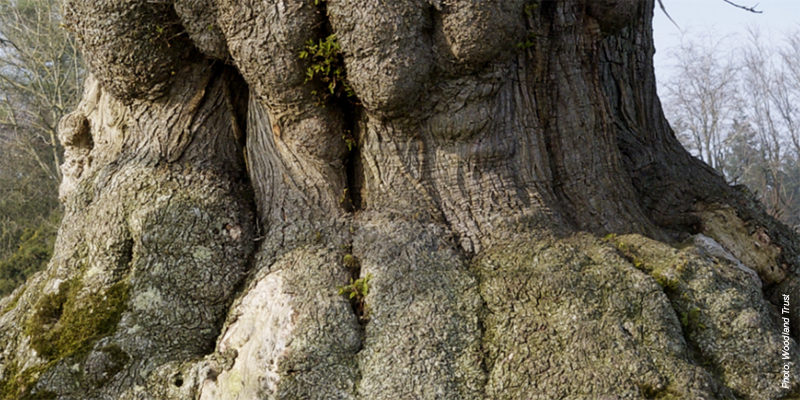Clark Labs has announced the release of their Land Change Modeler software extension for ESRIâs ArcGIS software. Released in 2006 within the IDRISI Andes software, the Land Change Modeler was subsequently developed as a separate product for those individuals utilizing the ArcGIS environment.
The Land Change Modeler offers an extensive suite of tools to assess and predict land cover change and determine the implications of change for ecological sustainability. The software interface is sequentially organized around major task areas: analyzing past land cover change, modeling the potential for land transitions, predicting the course of change into the future, assessing the implications of change for biodiversity, and evaluating planning interventions for maintaining ecological sustainability.Users can perform a variety of change analyses with two land cover maps of different dates. Along with graphs of gains and losses, net changes and contributions experienced by any category, a user can immediately generate rapid maps of change, persistence, specific transitions and exchanges. A change abstraction tool, based on trend surface analysis, is also provided which allows the user to uncover the underlying trends of complex change.For change prediction, Land Change Modeler utilizes the two landcover maps of different dates, along with environmental variable maps that the user believes drives or explains the change, to predict what the landcover will be in the future. For example, if we want to determine the potential of new development, we may consider the slope of the terrain, distance to water sources, distance to roads, and distance to previously developed land. Land Change Modeler will then predict, for the specified future date, the allocation of landcover change. In its simplest form, the model will determine how the variables influence future change, how much change took place between time 1 and time 2, and then calculate a relative amount of transition for time 3. Land Change Modeler also allows for the incorporation of planning interventions as well as the dates they become effective, important parameters that may alter the course of development in the change prediction process. To assess the effect of landcover change on habitat and biodiversity, Land Change Modeler provides a wide range of analytical features and utilities. Tools are included for habitat assessment, habitat change analysis, gap analysis, landscape pattern analysis, and biodiversity assessment.Land Change Modeler is unique because it allows users to perform both change analysis and prediction using a single application. âUsers who are trying to understand land change and secure biodiversity will obtain great value from the Land Change Modeler. One modeling environment contains a variety of analytical tools, eliminating the need to work between multiple applications.â said James Toledano, Executive Director of Clark Labs.Clark Labs has been working with the Andes Center for Biodiversity Conservation of Conservation International for several years to develop tools for analyzing and projecting land cover change and its effect on habitat and biodiversity. The scope of the project was subsequently broadened to develop a modeling environment that could be used for a variety of land change scenarios and contexts. Further integration with the ArcGIS software extends the availability and accessibility of such important tools for users focused on land change, conservation and biodiversity.
Author: Laurie Canavan, Clark Labs
For more information visit:
Subscribe to our newsletter
Stay updated on the latest technology, innovation product arrivals and exciting offers to your inbox.
Newsletter

